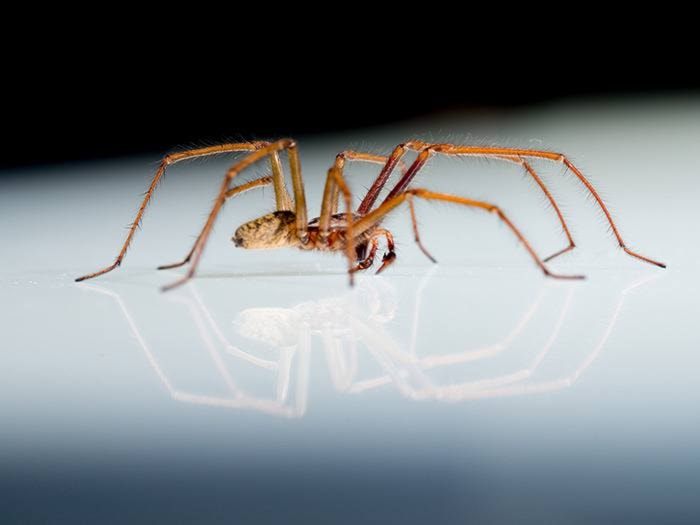VICTORIA, BC – For many British Columbians there is nothing more terrifying than opening a cupboard door or getting ready to hop in the shower and seeing autumn’s most notorious uninvited houseguest: the giant house spider.
This spindly eight-legged arachnid, also called the Eratigena atrica, can reach the size of a human palm and is known for its speed and high level of creepiness.
But there’s really no reason to be afraid, said Claudia Copley, Royal BC Museum Entomology Collections Manager.
“They’re harmless. I’ve picked up many and they don’t even try to bite,” she said. “They don’t have venom that’s dangerous to us.”
The giant house spider is one of the most common spiders to make its way into your home this time of year, but other species such as the house spider and the hobo spider are also frequent visitors. None of them are harmful to humans and even though the hobo spider in particular has a reputation for bad bites, Copley said this is simply not true.
“They don’t have venom that is dangerous to humans and they also do not carry bacteria known to cause infections. They’re innocent,” said Copley. “It’s all just misconceptions.”
In all BC has 781 recorded species of spiders. Spiders are more commonly found in homes during the fall not because they are trying to get out of the wet and cold, as commonly believed, but because it is mating season and male spiders are out looking for love.
“They left their web or their burrow or wherever it is they like to hang out, and they’re on the wander,” Copley said. “Most spiders don’t want to be in your home, there are probably are no females. It’s just an accident.”
Another common myth is that the spider in your bathtub or sink has crawled up through the drain. Copley said the particulars of plumbing don’t actually allow this, and the spider has actually fallen into the basin and simply can’t get out due to the slipperiness of the surface.
Copley said her three indoor cats consistently deal with any spiders in her house, but the best way to prevent these unwanted intruders is to make sure all doors have sweeps and all windows have screens, eliminating the easiest entry points.
Another ally in your fight against big spiders is actually smaller year-round house spiders. Spiders commonly found in the house year-round, such as the brown house spider, actually kill and eat their larger relatives.
Should you find one in your home, Copley said as they are introduced species, she won’t lose any sleep if they end up squished. But for the more compassionate approach simply relocate them outside, away from your house.
Her main message, however, is simply don’t be afraid.
“Spiders are kind of creepy, they have a weird way of walking. People are scared of anything that isn’t cute and fuzzy, with big eyes,” Copley said. “The more you know, the less fearful you are.”
Copley will be giving a presentation at the Spooktacular Spiders event at Swan Lake on Sunday, Oct. 26. This by-donation event runs from from noon to 3 p.m. and is in partnership with the Victoria Natural History Society. Participants are invited to bring along a spider for identification.
